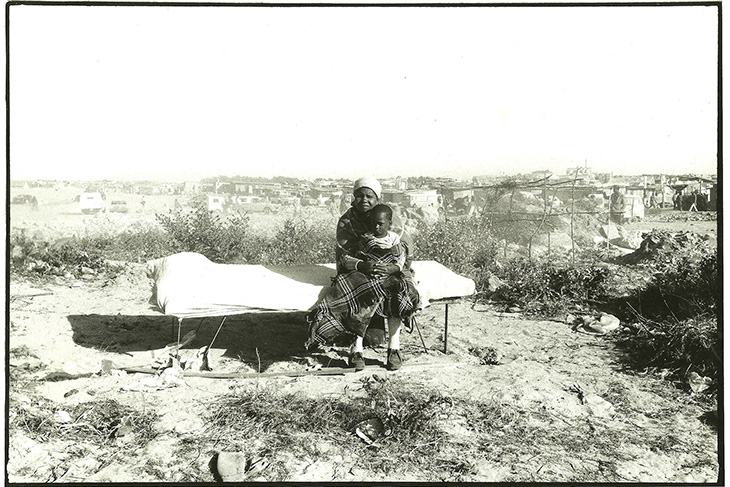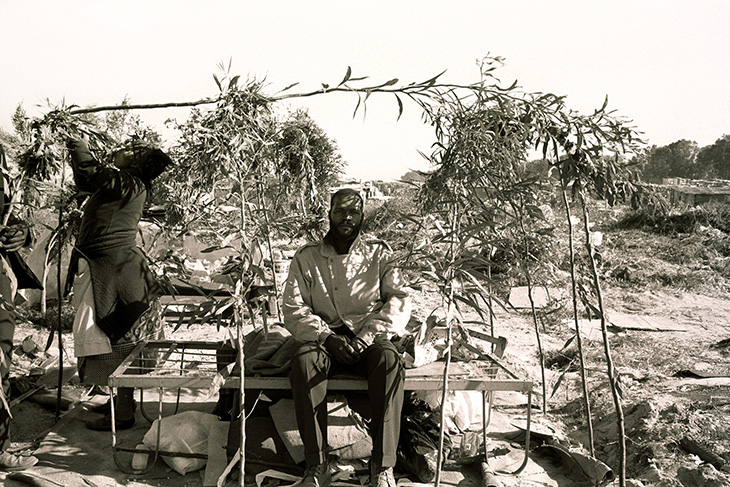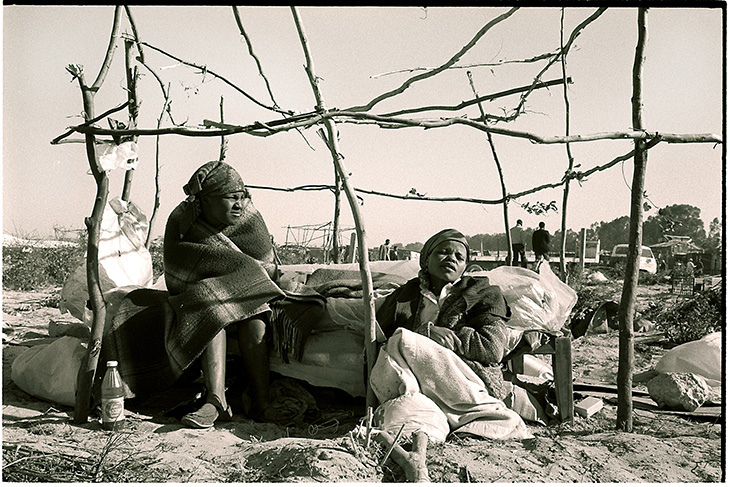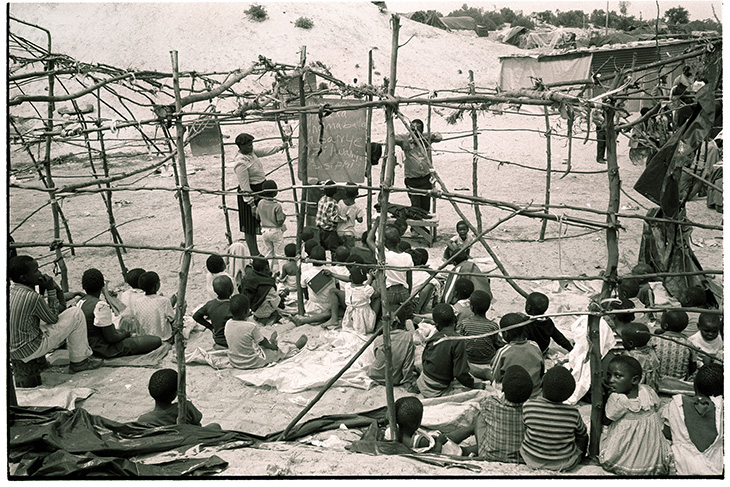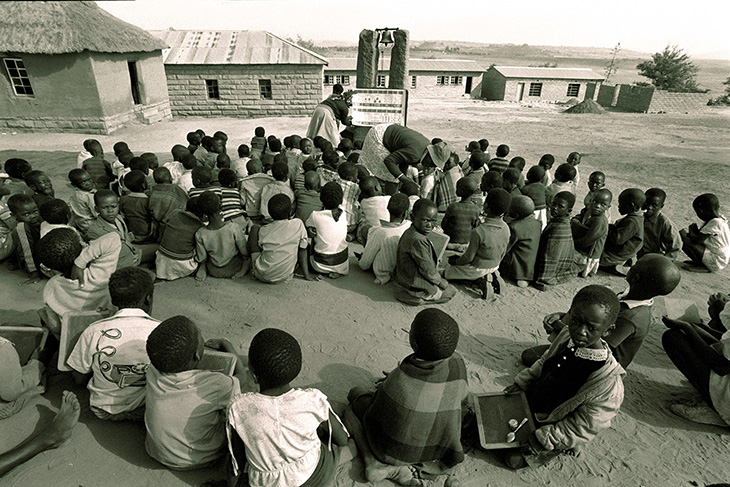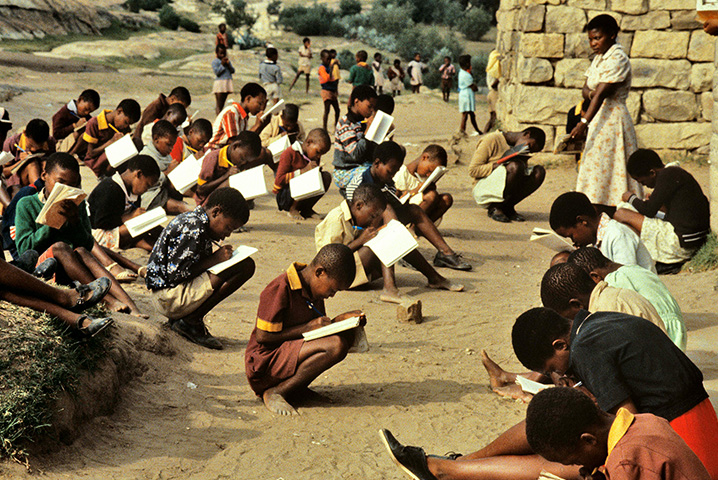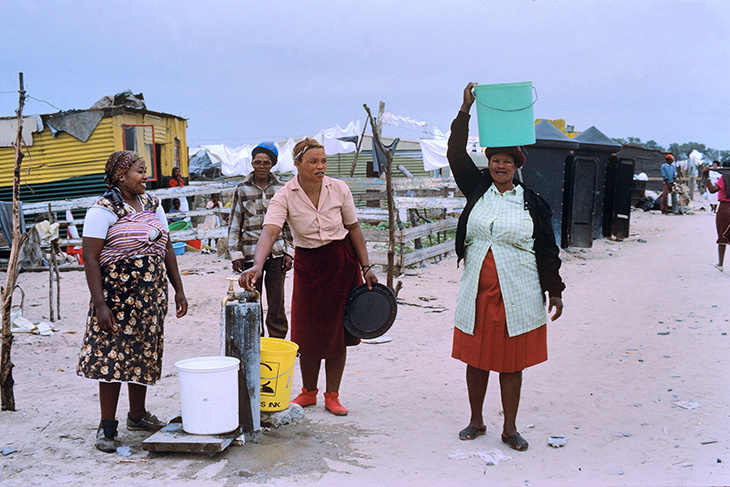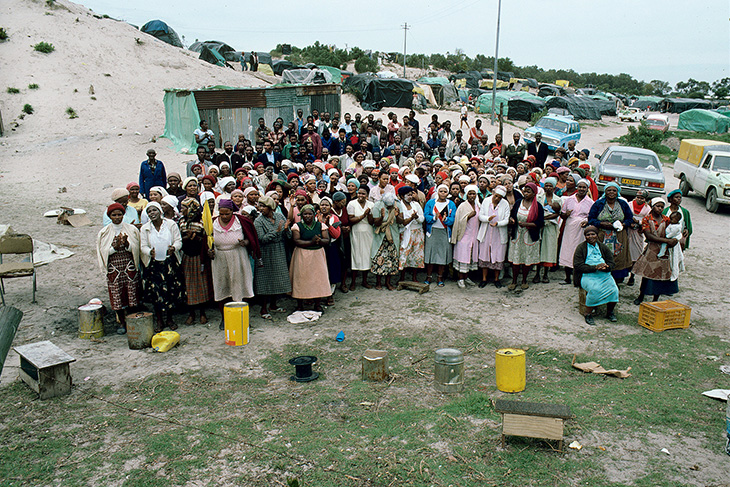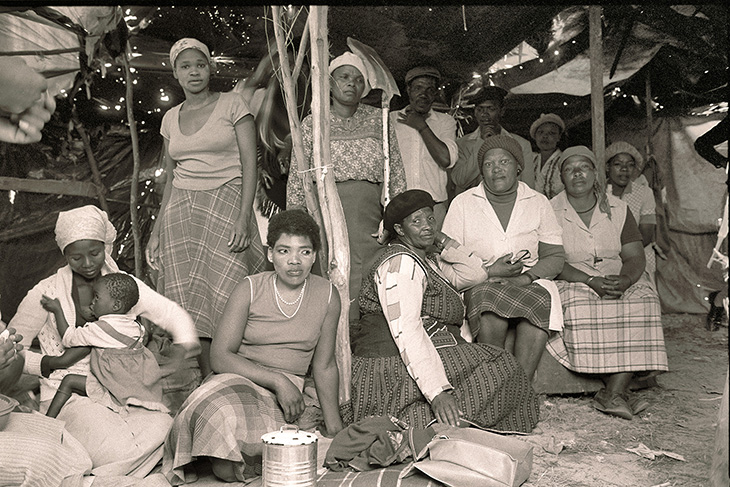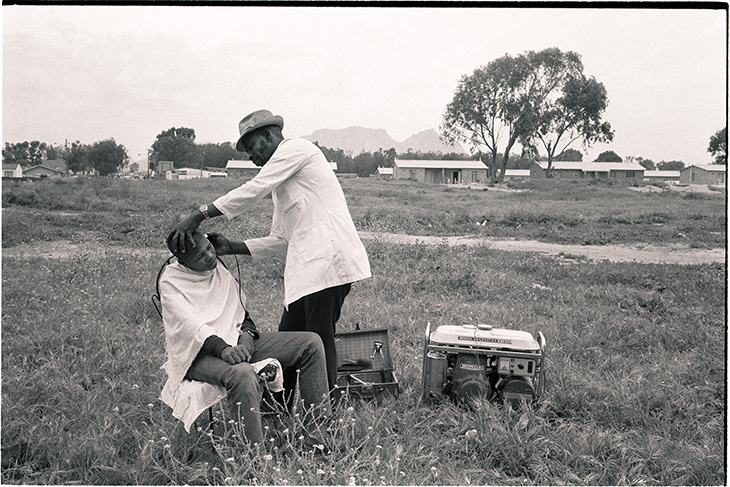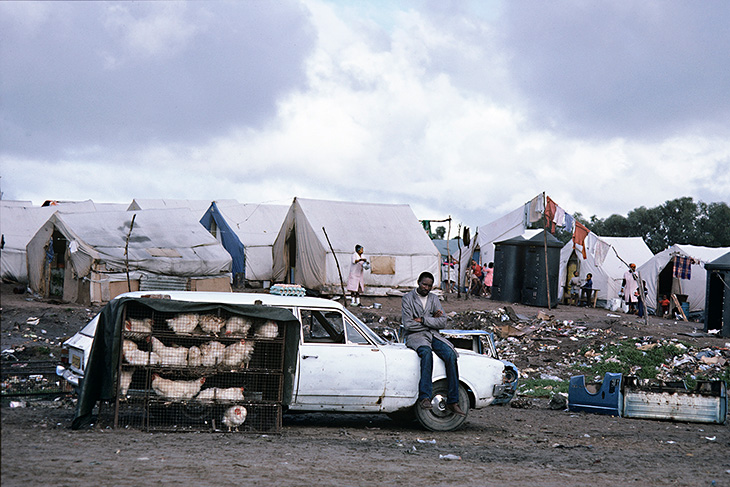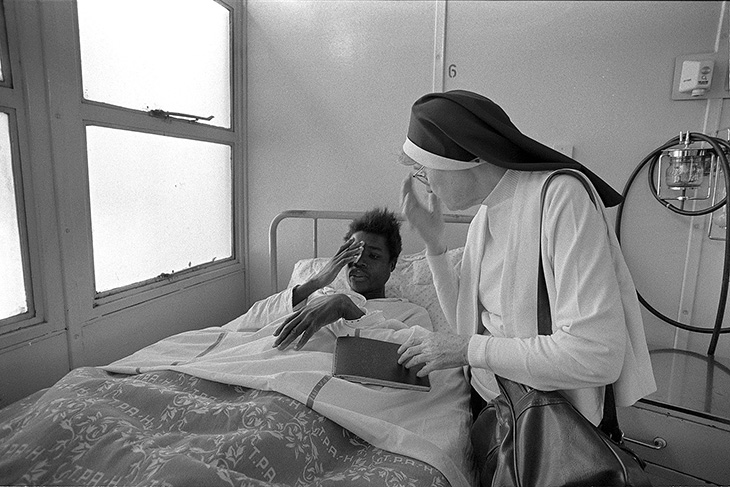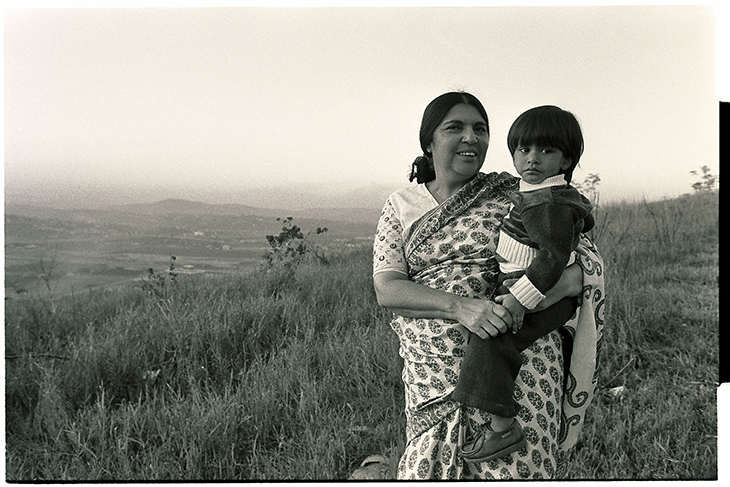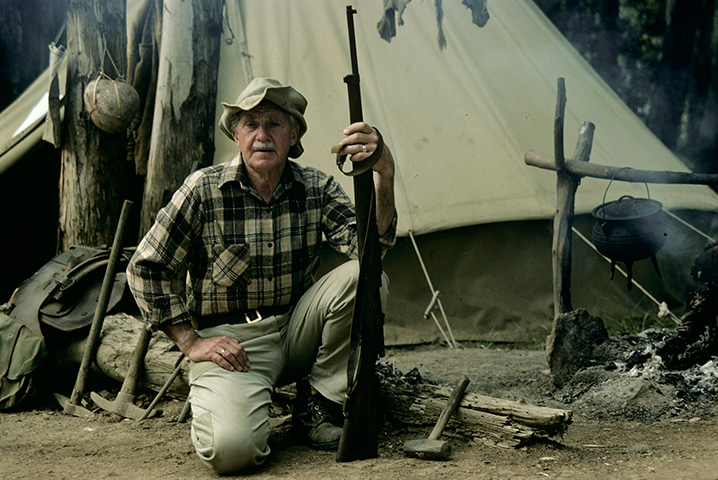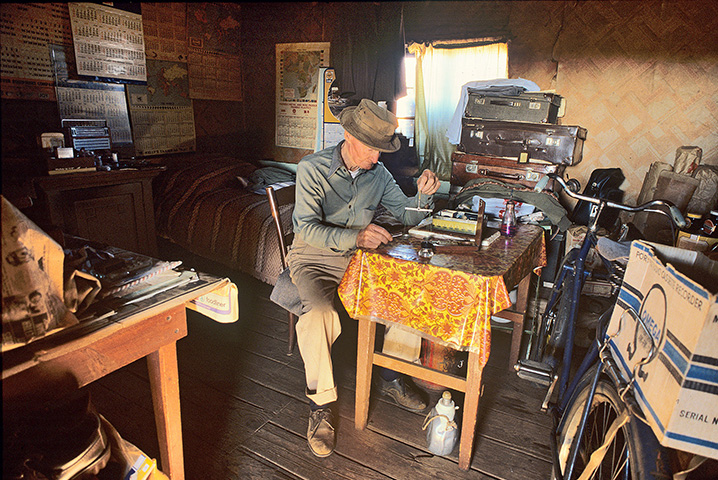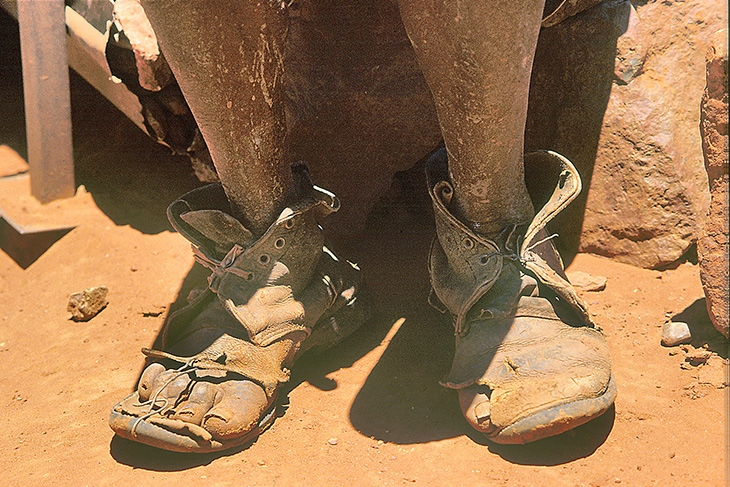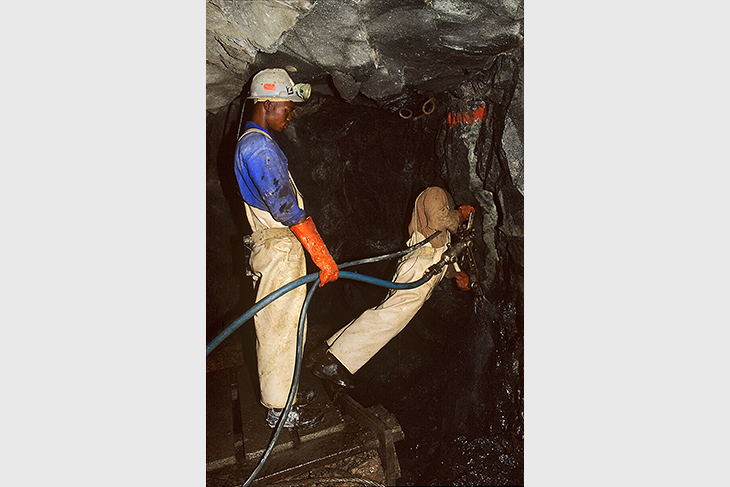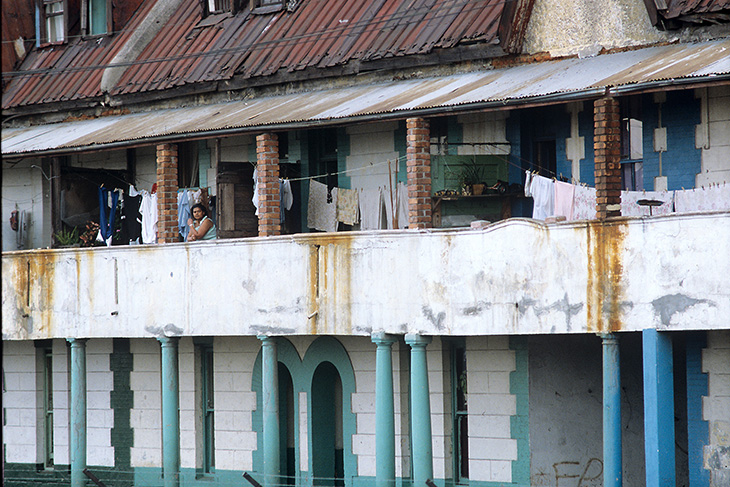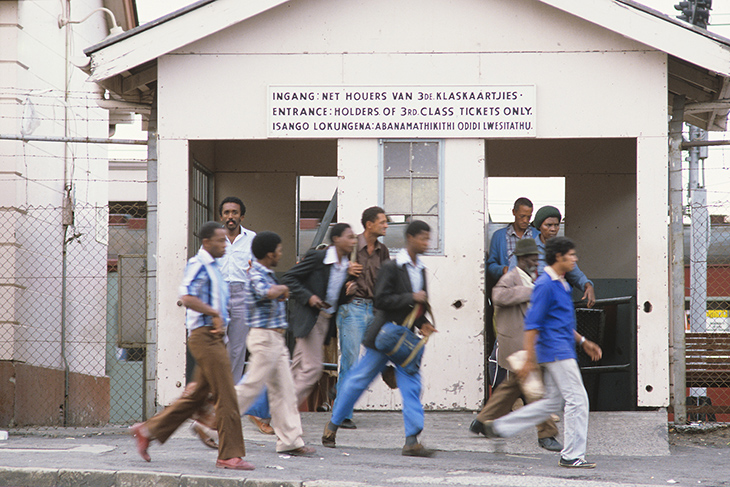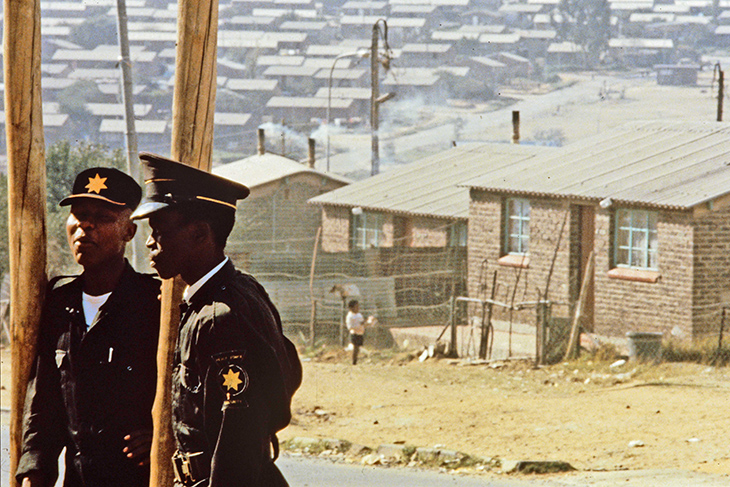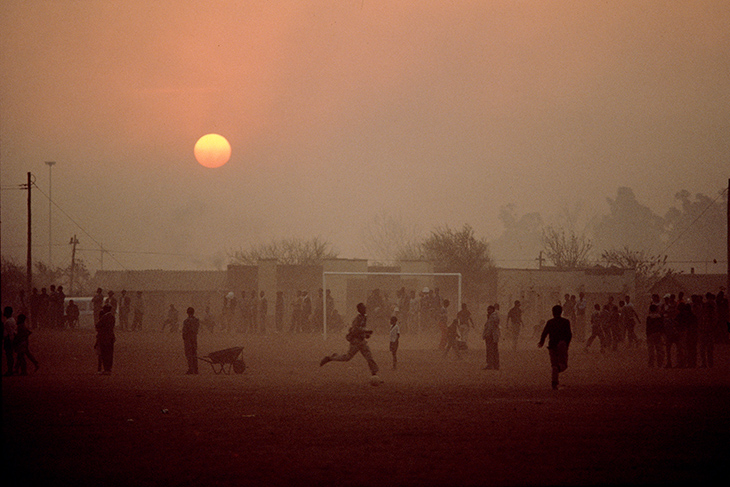South Africa / Lesotho (1969-1983)
My inborn love of art and architecture was reawakened when I enrolled at the Natal College of Art in Durban. The fresh liberal thinking of my professors blew the top off my repressed education and revealed the horrors of apartheid. My growing political awareness was nurtured by my professors and further influenced by the reverberations of Mahatma Gandhi’s life among the Indians of Natal. It was here that I discovered my metier, photography.
Brandishing a new camera in 1969, I set off on our first 'vacation' assignment, which was to document Neighborhood. I chose District 6 in Cape Town, then a largely deserted place. By then thousands of residents had been forcibly relocated while bulldozers flattened their homes. My portraits of Malays and Indians, of children fleeing into alleyways, of architectural remnants and facades, closed my student years and paved the way for my life's work as a documentary photographer.
Years later, when I was living in the centre of the art and publishing world in New York City, my portfolio won me photographic assignments in Africa.
These unpublished photographs were taken during my personal journeys of discovery: to Soweto, disguised as a nun to capture on film an order of Catholic Sisters in their daily mission work to comfort the utterly opressed and the sick in Baragwanath Hospital; to Crossroads, then an established squatter camp - and an embarrassment to the apartheid regime - to photograph the extraordinary resources of women who were trying to make a life by building sheltered schools for their children, holding community meetings or simply walking miles to fetch water; in Khayelitsha, a newly formed camp outside Cape Town that was subjected to daily raids by the police, I was hidden among the goods and chattels of the squatters. Squadrons of police, armed with batons and guns, would ruthlessly dismantle their makeshift 'homes' - plastic sheeting supported by flimsy branches.
Margaret Courtney-Clarke, 1999
